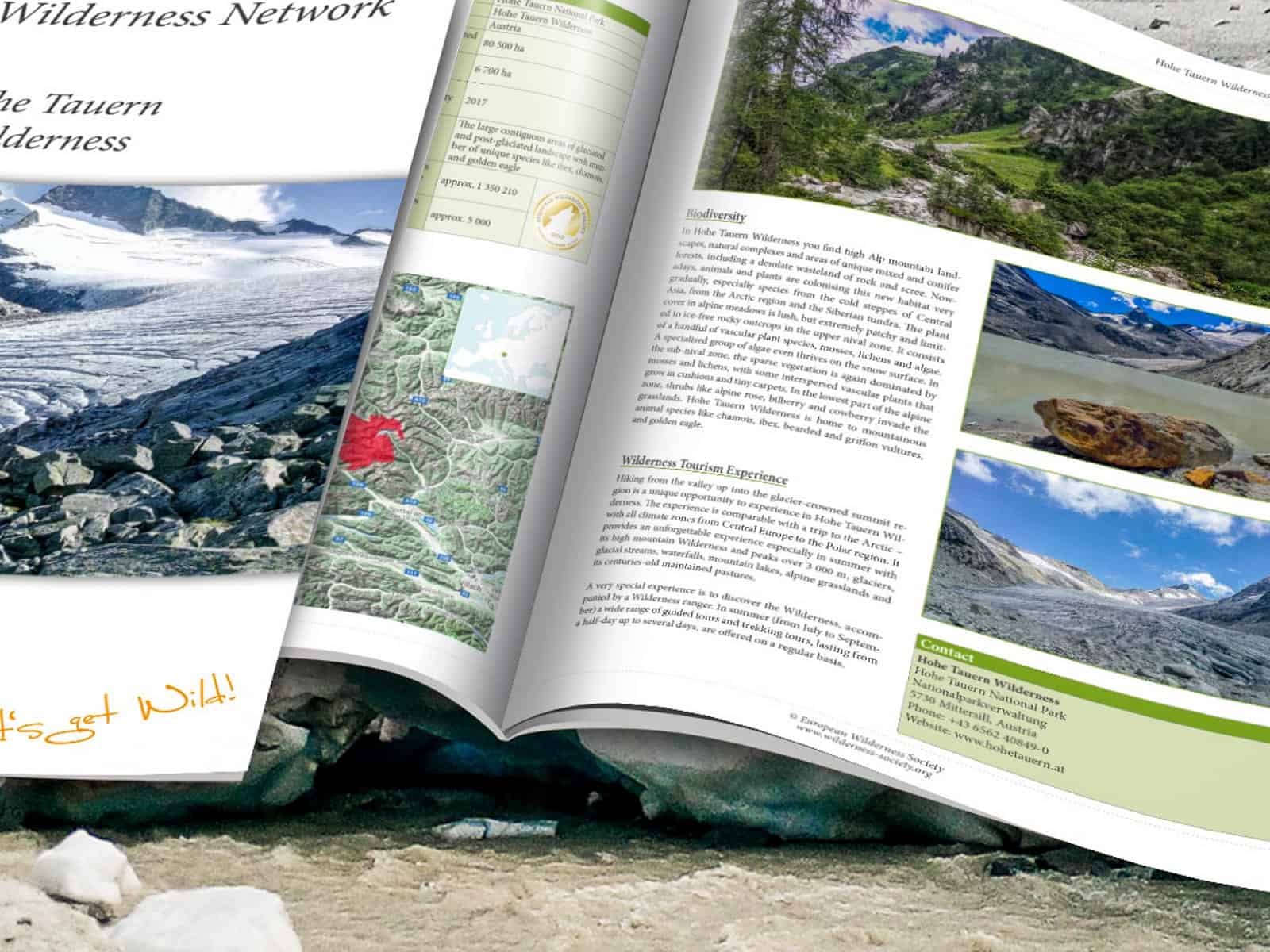The impermanence of protected areas
We are making good progress, as now almost 15% of land and just over 7% of oceans are protected areas. This is one of the results from the Protected Planet report 2018. Following the Aichi Biodiversity Target 11, we want to protect 17% of land and 10% of waters by 2020. One could say that we are almost there, but is this enough? There is a critical analysis, whether the simple designation of protected areas is sufficient. Many protected areas seem to be susceptible to change over time.
Please also read: The economic inequality of Protected Areas
The PADDD phenomenon
Once a Protected Area is established, it does not mean that the boundaries or legal status remain unaltered in the future. This is the case for many Protected Areas across the world, as research from Conservation International shows. This phenomenon is the so-called Protected Area downgrading, downsizing and degazettement (PADDD). With downgrading, legal status changes to allow human activities in certain areas. Downsizing decreases the total size of the Protected Area. And in extreme cases, degazettement means that entire Protected Areas disappear.
Impact and effects
The change of Protected Area size and status, often enables people with other economic interests to gain access to new resources. This includes logging, mining, agriculture, hunting and fishing operations. As a result, we can observe for example deforestation occurring in former parts of Protected Areas. In other parts of the world, governments have downsized Protected Areas to make way for oil, gas and coal extraction. The phenomenon impacts not only the Protected Area itself. It also affects the connectivity among Protected Areas, leading to increased habitat fragmentation.
Looking to the future
Countries should not only be designating Protected Areas to achieve the targets in 2020 of course. We must use the target percentages as a guideline to protect and conserve nature and biodiversity on our planet. This does not mean that Protected Areas should keep their size and status for ever in all cases. For example, with justified arguments, alterations can occur to restore rights of traditional communities. But at this moment, politicians and decision makers decide on these changes, without consulting NGOs, local stakeholders and scientists. A better integrated and participatory process would be a step in the right direction to ensure the continued existence of Protected Areas on the longer term.
Curious to read the Protected Planet Report from the UNEP-WCMC? Find it below!








